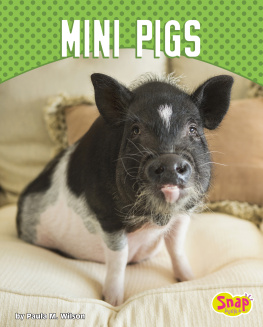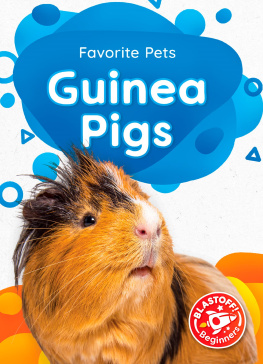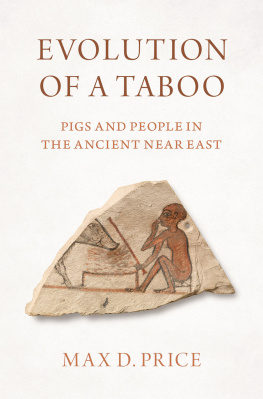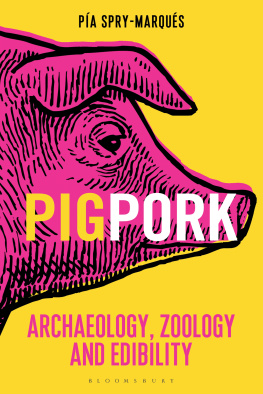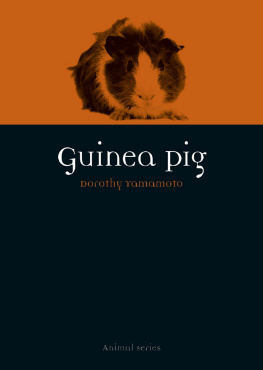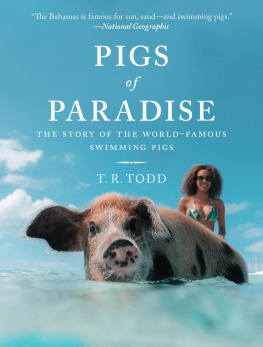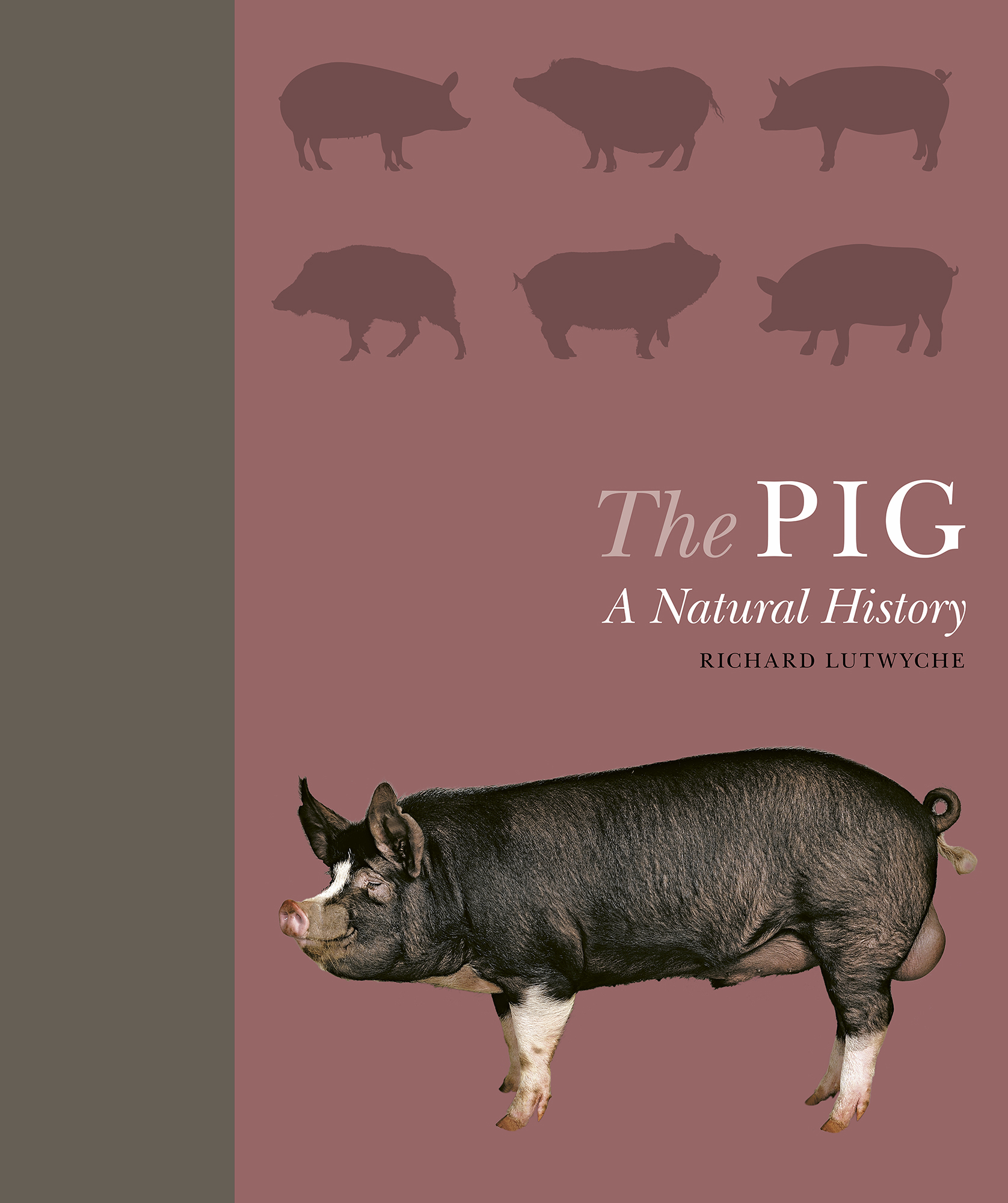What we do know is that the pig is a highly complex and fascinating creature that has carved out a unique niche in its relationship with humankind. It is unlike most other animals that have been domesticated to be eaten: it is a scavenger rather than a grazer; it gives birth to multiple young as a standarda sow can produce more than a hundred offspring in its lifetime; it breeds year-round; and it grows at a rapid rate. It is also a first-class producer of meat. In addition, we utilize parts of the animal in medicine, and pigs are potentially set to revolutionize the transplant industry. Without a doubt, there will be more and more ways in which pigs will help improve human health as our knowledge develops.
We are not about to discard our closest companionthe canine in his many guisesyet within these pages we will see that the pig can do, and has done, much the same job as dogs: sheep-pig, truffle hunter, setter and retriever, guard pig, provider of traction, drug detector, and, of course, devoted pet. All of these roles can sometimes be done better by a pig than by a hound, but someone will always look oddly at you if you promenade with your 660-pound (300-kg) sow, seeing it only as bacon sizzling in a pan.
Although we tend to value it only for its meat, the pig is an intelligent, adaptable creature that can do many things a dog can do.
Yet despite its usefulness, the pig is widely derided. It is described as fat, ugly, stupid, greedy, smelly, idle, gluttonous, slovenly, filthy, ignorant, and more. Over the last three or four generations in the Western world, we have lost contact with the pig, and as a result we are now the ignorant ones. When every home had a pig in a sty, every child had an intimate knowledge of how it lived, what it ate, how it grew, how it smelled, the noises it made, what made it content, what frightened it, how it died, and how it tasted. Families spent time gathering plants and nuts from the hedges for their prized porker, and indulged in rubbing its belly as it lay relaxing in a pile of straw.
Children are still exposed to pigs, but, unfortunately, usually only virtual ones. Generations have grown up with them in childrens stories, such as Beatrix Potters Pigling Bland and Pig-wig, A. A. Milnes Piglet, Podgy from the Rupert Bear books, or the fabled three little pigs; in television characters, such as Pinky and Perky, Peppa Pig, and Miss Piggy of Muppets fame; or perhaps on the big screen in the form of Wilbur from Charlottes Web, or Babe, who showed us how pigs could herd sheep. In short, nearly all of us have grown up with a heroic hog or two around.
However, the depiction of pigs in the arts is not only aimed at children. In , we look at poetry and prose in which the pig stars, and paintings and sculptures where the glorious flowing lines of a majestic pig are caught for all to admire and appreciate.
It is only in recent generations that we have lost intimate knowledge of pigs, because at one time every home would have had its own animal.
A MATTER OF TASTE
Ten thousand years ago, we took the wild boar and molded it to our needs. We largely took away its aggressive nature and tamed it to suit our many and varied purposes. Today, it provides us not only with huge volumes of food, but some of the most varied, most delicious, and most sumptuous dishes known. There are chefs who can take a cut from a pig and turn it into something so exquisite and wonderful as to delight the senses far beyond the mere satisfaction of filling the stomach.
You do not need to spend a fortune in a gourmet restaurant to experience the delights of the swine. Stay at home with a fresh loaf of white bread, some butter, and some slices of good-quality baconpreferably dry-cured, with a good level of white fat adhering to the pink meat, and smoked or unsmoked according to your taste. Take your frying pan, or your broiler if you prefer, and gently cook the cured slices to your preferred statedelicate or crispy. Butter two thick-cut slices of crusty bread, then lay the hot bacon on one, add a few drops of fat from the pan, and your preferred condimentmine is a spicy mustard but others prefer ketchup or another savory sauce. Finally, lay the second slice of bread on top and apply pressure. You now have something of sheer, unmitigated delight to eat at any time of day in your own home, provided at a modest cost and in little time.
Slices of bacon were the West's first fast food.
POLITICAL PIG QUOTES

President Harry S. Truman was a politician who understood hogs.
Pigs are so ubiquitous that they have become part of our everyday language. In , we look at some common pig-related sayings and how they came aboutoften, the original derivation has been lost in the mists of time, although the meaning is still readily understood. To illustrate this, here are a few quotes from politicians that we can all relate to:
The British politician and Prime Minister Winston Churchill is said to have used the expression Dogs look up to us. Cats look down on us. Pigs treat us as equals. If he did, he was quoting an old folk saying from Gloucestershire in England, but it epitomizes what people who know pigs feel about them, and Churchill was an enthusiastic pig keeper.
U.S. President Harry S. Truman is reported to have said, No man should be allowed to be President who does not understand hogs.
Before Truman, President Abraham Lincoln said, A pig wont believe anything he cant see.
More recently, President Ronald Reagan invoked our subject with the phrase


